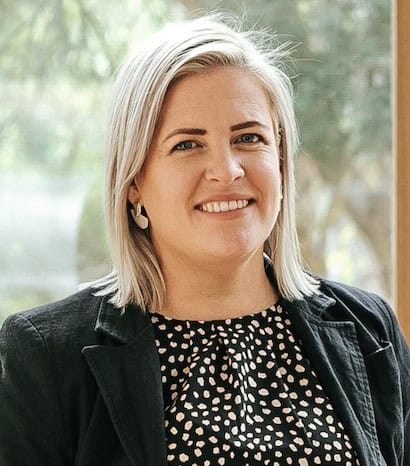Mindfulness is often flippantly referred to when we talk about stress management, sleep, anxiety and depression. So what exactly is it?
𝙈𝙞𝙣𝙙𝙛𝙪𝙡𝙣𝙚𝙨𝙨 𝙞𝙨 𝙩𝙝𝙚 𝙗𝙖𝙨𝙞𝙘 𝙝𝙪𝙢𝙖𝙣 𝙖𝙗𝙞𝙡𝙞𝙩𝙮 𝙩𝙤 𝙗𝙚 𝙛𝙪𝙡𝙡𝙮 𝙥𝙧𝙚𝙨𝙚𝙣𝙩, 𝙖𝙬𝙖𝙧𝙚 𝙤𝙛 𝙬𝙝𝙚𝙧𝙚 𝙬𝙚 𝙖𝙧𝙚 𝙖𝙣𝙙 𝙬𝙝𝙖𝙩 𝙬𝙚’𝙧𝙚 𝙙𝙤𝙞𝙣𝙜, 𝙖𝙣𝙙 𝙣𝙤𝙩 𝙤𝙫𝙚𝙧𝙡𝙮 𝙧𝙚𝙖𝙘𝙩𝙞𝙫𝙚 𝙤𝙧 𝙤𝙫𝙚𝙧𝙬𝙝𝙚𝙡𝙢𝙚𝙙 𝙗𝙮 𝙬𝙝𝙖𝙩’𝙨 𝙜𝙤𝙞𝙣𝙜 𝙤𝙣 𝙖𝙧𝙤𝙪𝙣𝙙 𝙪𝙨.
Sounds simple doesn’t it? If it is so simple, why isn’t it our default state?
Well, for some, it is. Kids in particular are innately very mindful. What happens over time though is that we follow our (immensely clever) thinking minds and begin to make thinking shortcuts in our brains. Things that have happened before, we simply create shortcuts to helpful places for next time a similar situation arises and after all, neurons that fire together wire together. So as we think and behave in a certain way more and more over time, those thought patterns become more ingrained in us. Our natural negativity bias and tendency to think ahead and worry about things that either haven’t happened or have already happened (and are unchangeable) gradually becomes the default state of our mind.
Mindfulness is a skill that needs practice, like any other. But it allows us to bring our non-judgemental awareness to these natural tendencies within all of us. To simply notice this, learn from it and come along side it without judgement. Over time (and with regular practice) we learn how to become a 𝗰𝗼𝗺𝗽𝗮𝘀𝘀𝗶𝗼𝗻𝗮𝘁𝗲 𝗼𝗯𝘀𝗲𝗿𝘃𝗲𝗿 to our thoughts.



